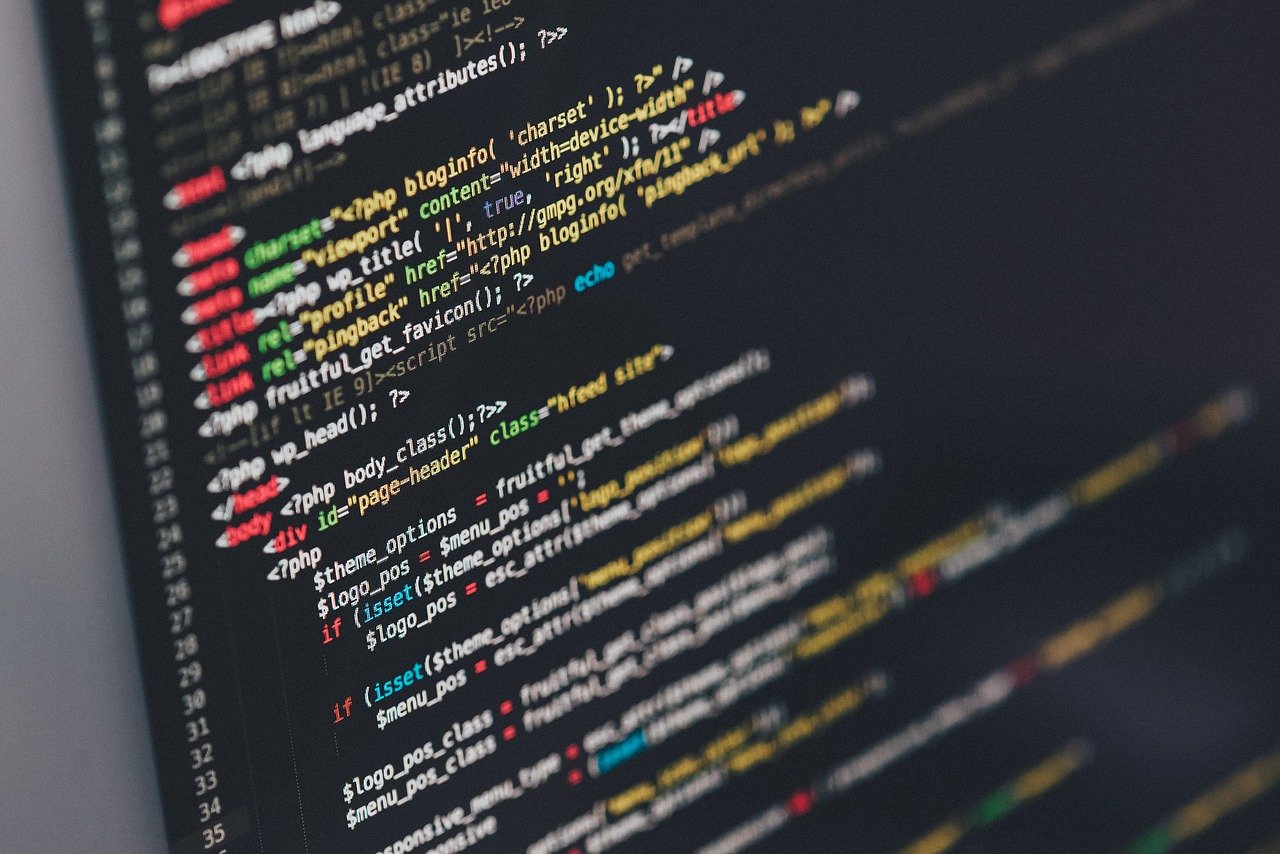In business, there are a lot of numbers involved that you need to keep a close eye on. These numbers are there so that progress and failures can be openly seen. And, that’s where data also comes in, whether historical or otherwise.
When it comes to data and how it is analyzed and put into perspective, descriptive analytics is what is used to understand this. The general idea about this concept is to find out how far the company has grown. And crucially, the kind of changes that have occurred in the business in the past.
If you still don’t get the whole concept around the idea of descriptive analytics, then you should definitely read on to learn more.

Understanding Descriptive Analytics
The first thing that you need to realize is that it is hard for a company to operate without data. How else are they going to tell if they're making progress or if the company has stalled? That's where the importance of descriptive analytics comes into play for companies, especially major ones.
There is a lot of data that comes with a variety of companies and this data can be very useful if they are utilized in the right format. With descriptive analytics, it brings about raw data as much as parses to draw conclusions that are easy to understand.
Take a small company that has been having an upturn of 10% annually for the last couple of years, isn't that huge for them? See, sometimes data can be confusing if you don't pay close attention to detail and that's why descriptive analytics needs to be implemented.
When you're running a company, you need accurate details of how growth has changed, the same to failures. You may be glossing over a huge amount while in reality, you're failing terribly. The picture needs to be clear and one that guides you on how you build a strategy in the future.
Special Features
Descriptive Analytics can be used to also show when the company is most productive. For example, did you know that ROIC is based on the idea of descriptive analytics?
This is the concept that takes into account three points derived from data, that's income (net), capital (total), and the dividends. These are then turned easy to understand format by use of percentages.
The percentages are what are used to compare the company with others, and this applies to the company itself as there are sectors that bring in more than others. Others, on the other hand, consume much more.
A Company Diagnosis

Descriptive analytics is like a company's diagnosis. For example, when you go to the doctor’s office, you answer a lot of questions, that's the raw data.
The doctor then breaks down your symptoms and treats them. What the doctor explains which is happening to your body and how to treat it is like descriptive analytics.
The doctor has to factor in what's happening, your history, if there's an improvement, and what to treat to make you better. That's what a company has to go through and the managers are given the easy info, just like you when you see the doctor.
Conclusion
Data technology is good for any company if growth or losses are to be traced. Descriptive analytics is what makes that data make sense as it combines all the sectors of business.
If you had zero ideas about what the concept was, here's a clear picture that you can use to fully grasp the idea behind it and how it has been put to use.







